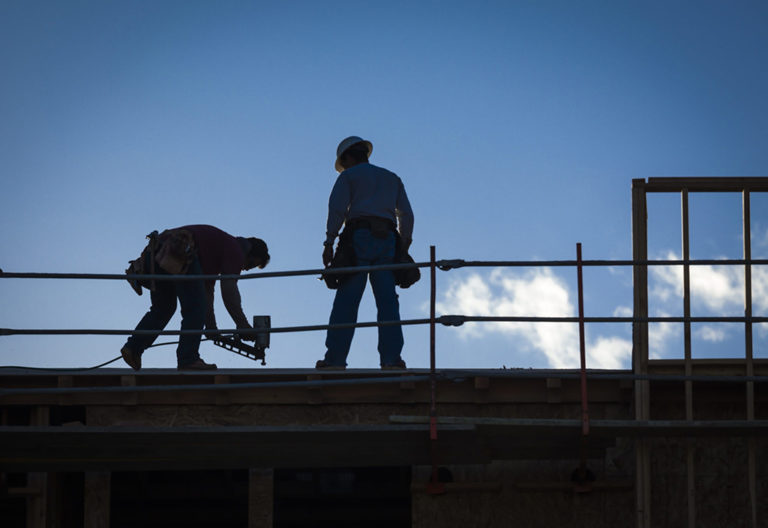Engaging the Latino Homeowner
Latinos in the U.S. wield an annual purchasing power of over $1.7 trillion and growing. Much of that growth is in home purchases, both new construction and resales. As a contractor, your opportunities are plentiful to provide your services to Hispanic customers, even if you don’t speak Spanish. It’s all about cultivating relationships, consistently, where they are.
The Latino community is just that — a community. Often, that community is tight-knit, and conducts much of its business on social media — about 60% vs. 40% for non-Hispanics. Latinos are much more likely to use social media platforms to ask for recommendations from friends and family. Best place to eat with the family? Know a good babysitter for Saturday night? Who will give me a good price for a new roof and treat me right?That word-of-mouth referral process is gold, and you should treat it as such.
Engaging with Latinos requires making some changes to your typical marketing strategies, but it’s not reinventing the wheel. The key is to be authentic and not offensive. Understand your potential homeowners and their needs, and keep it simple.
First, connect at the community level so they know who you are and begin to build trust. Become involved in local activities, sponsor a kid’s sports team or attend a Hispanic job fair or festival. You don’t always have to speak Spanish, but having Spanish literature available at these events is appreciated. IKO offers a library of Spanish printed resources to offer to your potential clients.
Second, be sincere. You’re not looking to make a one-off sale — you’re looking to build relationships. Providing a roof for one Latino neighborhood home could result in providing roofs for many homes in that neighborhood. Understand that Latinos are not one-size-fits-all. They are not all from one country — there are over 20 Spanish-speaking countries, though the Hispanics in your area may well be concentrated from a certain geographic region. Just as all Americans are not New Yorkers, all Hispanics are not Mexican.
Next, get to know the nuances of age, language and acculturation. Younger Latinos are likely to be bilingual and more comfortable with English. Older generations have stronger roots in the culture of their birth, may be less acculturated to American life and prefer speaking Spanish. Family is also a high priority. Hispanic households are often larger and multigenerational. Behind the scenes, the decision-making may surprise you; so don’t take for granted only speaking to one male family member — the whole family is likely involved after you leave their kitchen table, especially the women who often manage the home and the finances.
Advertise where it will be seen. Hispanic media is growing, with digital media surpassing print and radio. As already noted, language is important; so should you advertise in Spanish or English? Or Spanglish? According to Google Insights, over 44% of Hispanics say they only consume online content in English. Even Spanish-dominant speakers are most likely to use English when doing online searches with over 50% indicating they use English online, though they prefer speaking Spanish at home. In addition, 66% of U.S. Hispanics say they pay attention to online ads — that’s about 20 points higher than the general population, and even more — up to 93% — tend to take action on ads that they’ve seen online.
Finally, when you decide to advertise to Latinos, be sincere and consistent. Get your message out there in English, Spanish, or a combination — but do it all year long. You’ll build your brand, your audience will come to recognize that you’re there, and you’ll become a trusted resource for the Latino community, one roof at a time.


